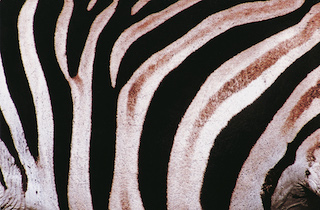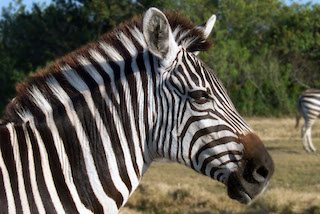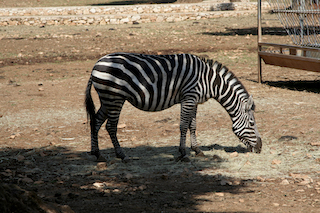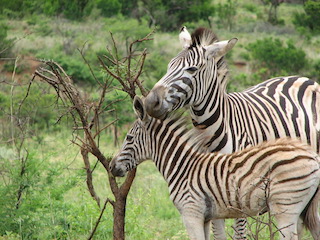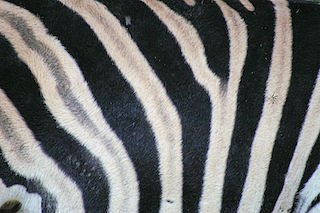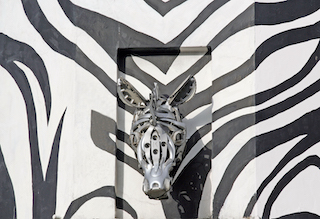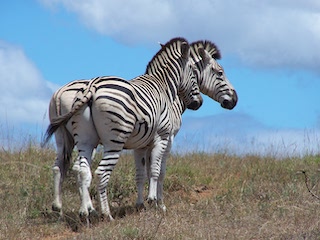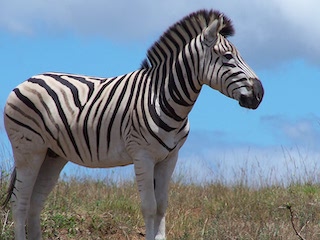The zebra, with its stripes, is one of the most iconic animals in the animal kingdom. In this article, we will explore the zebra’s symbolism, its role in African culture and nature, and how its qualities, strength, balance, and freedom, make it a powerful totem and guide for personal growth.
Zebra
We explore how the zebra can serve as a spiritual guide, offering messages and insights through the lens of clairvoyance. By understanding the zebra’s spiritual significance, we can uncover how a clairvoyant connection to this animal might help unlock deeper wisdom, enhance intuitive abilities, and guide us toward spiritual fulfilment.
An animal totem that piques curiosity due to its striking appearance is the zebra totem. With its black-and-white stripes, it represents balance, individuality, and freedom. In this article, we will explore the meaning of the zebra totem, its symbolism, and how to connect with it to unlock your spiritual potential.
While the word psychoticism is associated with personality psychology, a connection exists between psychoticism and animals, particularly zebra. In this article, we will explore the potential links between psychoticism and zebra behaviour, as well as how understanding this connection can offer deeper insights into both animal behaviour and human psychology.
The most intriguing dream I kept having involved recurring zebra imagery. As I sought clarity, I decided to consult psychics near me to help uncover their meaning. Here, I share my journey of finding a psychic and how their insights helped me understand the significance of my recurring zebra dreams.
In this in-depth article, we will explore the zebra spirit animal, its symbolism, and the meaning of zebra dreams from a spiritual perspective. By understanding the deeper messages behind the zebra spirit animal and its dreams, you can unlock the wisdom it offers and integrate its teachings into your life.
Mediums are professionals who are often able to offer clarity on the meanings of dream symbols, including the appearance of animals like zebras. In this in-depth article, we will explore the common interpretations of zebra spirit dreams and how mediums interpret these dreams in terms of balance, individuality, and transformation.
In this in-depth article, we will delve into the symbolism of the zebra spirit animal, examining its meanings from the perspective of an experiemnced medium. This guide will provide you with a comprehensive understanding of zebra symbolism and spirit animal and how it connects to your life and spiritual growth.
If you ever wondered about the connection between zebras and psychic phenomena, you are not alone. In this article, we will explore the 10 most frequently asked questions about zebras, with a particular focus on their relevance to psychicsand spiritual guidance. You will find answers to these questions and more.
We will explore the fascinating world of zebras, their symbolic meaning, and how psychics interpret their presence in readings, dreams, and visions. We will also examine how zebras may appear as spiritual guides and the various ways they can influence and inspire those seeking clarity or guidance in their lives.

